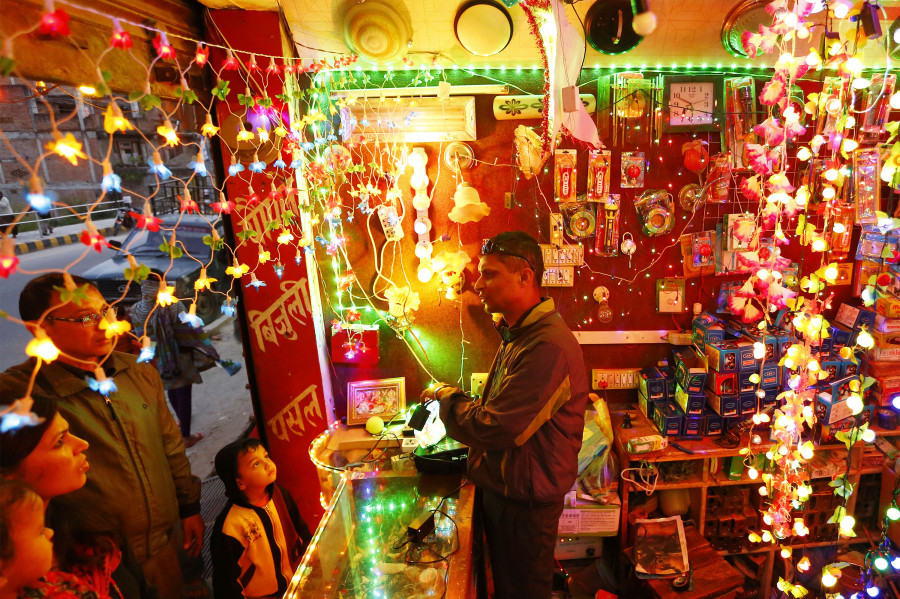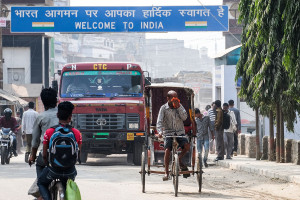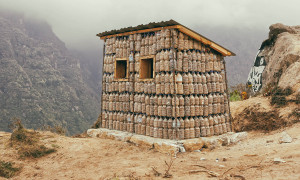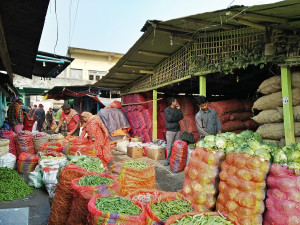Money
Sales of festival lights dive as virus ruins festive spirit
Imports were valued at Rs180 million this Tihar compared to Rs400 million previously.
Krishana Prasain
For lamp seller Bibek Shrestha, Tihar was the highlight of the year. He would be busy making money with customers crowding his shop to buy fancy lamps to illuminate their homes during the festival.
Shrestha would stock up on festival lights worth more than Rs300,000 for the Tihar rush. But this year has been a disaster because of the coronavirus. Footfall at his shop Aakriti Electrical Shop at Gongabu is down sharply, and he is looking at a lacklustre season.
“Demand for electric lights has fallen steeply,” Shrestha told the Post. “I have kept stocks of festival lights worth less than Rs100,000 this year because of the downturn,” he said.
Tihar, or the festival of lights which begins on Friday, will be a low-key affair due to the Covid-19 pandemic. People are holding back on their spending which is bad news for the city's merchants.
“People are not in a celebratory mood like in previous years. The slow Dashain business has already shown this,” he said.
People’s incomes have declined and spending has also fallen. The increasing number of cases of virus infections has spread fear among city dwellers.
Geeta Baskota plans to use the festival lights she purchased last year instead of buying new ones. “Rather than going to the market and risk getting infected, I prefer to mark the festival with whatever I have lying around the house,” said Baskota, a house maker from Kupondol. She said that cutting down on spending for the celebration was the best move amid the pandemic.
“The festival light market has plunged by 60 percent compared to last year,” said Sudarshan Prasad Paudyal, president of the Federation of Electrical Entrepreneurs of Nepal.
Due to the drop in demand, imports have also fallen. According to Paudyal, imports of festival lights for Tihar this year amounted to only Rs180 million compared to Rs400 million previously.
The slowdown in sales has also hit trade across the northern border this year, Paudyal said. Most of the shipments come through the Kerung and Tatopani border points, he added.
According to the federation, 90 percent of the festival lights sold in the Kathmandu Valley are imported from China and the rest come from India. Christmas lights, rope lights and disco lights, among other products, make up most of the imports for the festival.
Paudyal said that festival lights worth around Rs500 million used to be sold during Tihar in previous years. Sales had been soaring in recent years with commercial organisations, shopping malls, hotels, restaurants and supermarkets illuminating their premises with all kinds of fancy lights.
The upbeat mood hit a setback this year because of the virus, he said. Traders expect sales of festival lights to reach a maximum of Rs200 million.
Sales had also been increasing because of a regular supply of electricity, which encouraged people to buy lamps to illuminate their homes during the festival.
With memories of hours-long blackouts still fresh in their minds, householders had been wary of buying festival lights since they were not sure if they would get to use them. But electricity supply has been regular for the past few years which led to a jump in sales.
The price of fancy lights has not increased from last year, said Paudyal.
According to Shrestha of Aakriti Electrical Shop, prices of lights range from Rs50-60 to Rs2,000, depending on quality and length.
Apart from the toned down festival, a slowdown in construction activities with fewer houses being built has led to a drop in sales of electrical lights by 60 to 70 percent, he said. This has made it difficult for businesses to survive, he said.
In happier days, electrical shops in the major market areas of New Road, Asan, Bhote Bahal and other places would start swarming with shoppers in the run-up to the Tihar festival.




 13.12°C Kathmandu
13.12°C Kathmandu














